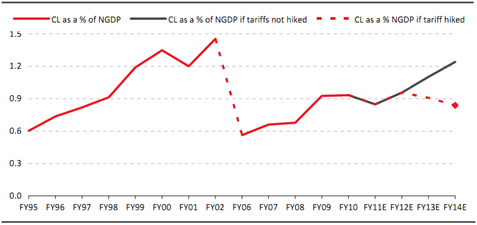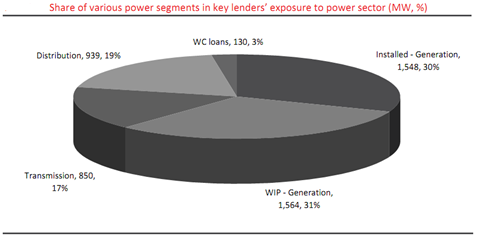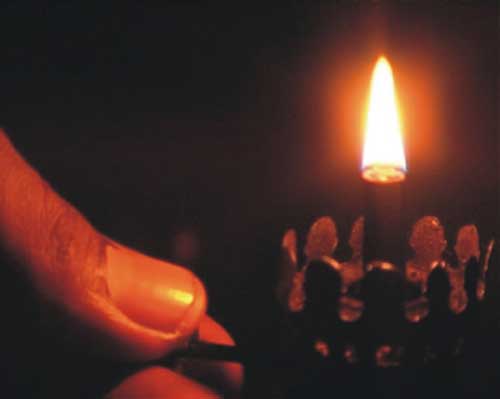
The current situation of the India Power Sector has reached its saturation point which is being witnessed by the widening financial losses of the distribution companies (DISCOM). As per the research carried out the Avendus Securities; with the current rate of increase, DISCOMs’s financial losses are likely to reach 1.2% of India’s nominal GDP by FY 2014 if no reforms are implemented.
As per the study done by Avendus Securities; such high‐level losses, as a percentage of the GDP, were earlier reported in FY 1999 to FY 2002, when key reforms pertaining to the bail out of state electricity boards (SEBs) and formation of the Electricity Act were initiated.

Also, the power sector crisis may impact other sectors such as banks. Of the total loans, 50% loans to the WIP capacity and 90% to DISCOMs are likely to be at risk. As of Dec11, this amount was likely to be Rs. 1,627 Billion, i.e., 32% of the banks, Power Finance Corporation and Rural Electrification Corporation’s exposure to the power sector that faces risk.

As the crisis reaches tipping point, the next set of reforms is likely to be implemented; among others, these may include the following:
- Allowing pass‐through of imported coal costs: Most private power producers have secured exclusive stakes in coal mines in Indonesia and Australia to supply fuel to power plants. The electricity generated from these power plants is tied up under power purchase agreements (PPAs) with various DISCOMs and do not have pass‐through of increase in costs. However, the change in the Indonesian mining law and additional taxes imposed on miners in Australia has led to a rise in costs, making PPAs economically unviable. Reforms allowing pass‐through of rises in fuel costs is likely to restore the economic viability of private investments into such projects. Currently, 24GW of the WIP capacity is tied up under PPAs that may turn unviable.
- Increase in tariffs by DISCOMs: Better profitability of DISCOMs, led by tariff hikes, is likely to boost power demand. This may lead to an improvement in merchant tariffs. The untied capacity, which varies between 8% and 65%, may generate higher returns. Thus, the viability of private investments would be restored.
- Approvals for captive coal blocks: Faster processing of regulatory approvals for captive mining is likely to lead to an early start of production at captive mines. This may lead to higher availability of lower‐cost domestic coal. Higher production from captive coal blocks may free up demand for coal produced by Coal India. Thus, power plant capacity tied up under PPAs and fuelled through imported coal may reduce the operational cost through optimal blending of domestic and imported coal.
Signs of a likely initiation of the next set of reforms are visible with the following:
- submission of the Shunglu committee’s report addressing measures to improve the financial health of DISCOMs;
- removal of basic customs duty on imported coal; and
- directing Coal India (COAL IN, Add) to sign fuel supply agreements (FSAs) for the power plants commissioned before 31Dec11.

More Literature on this topic:
--------------------------------------------





 As said by
As said by